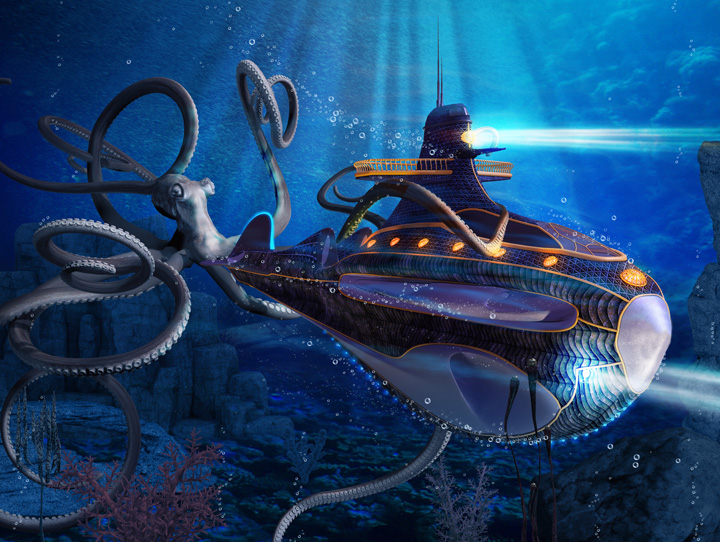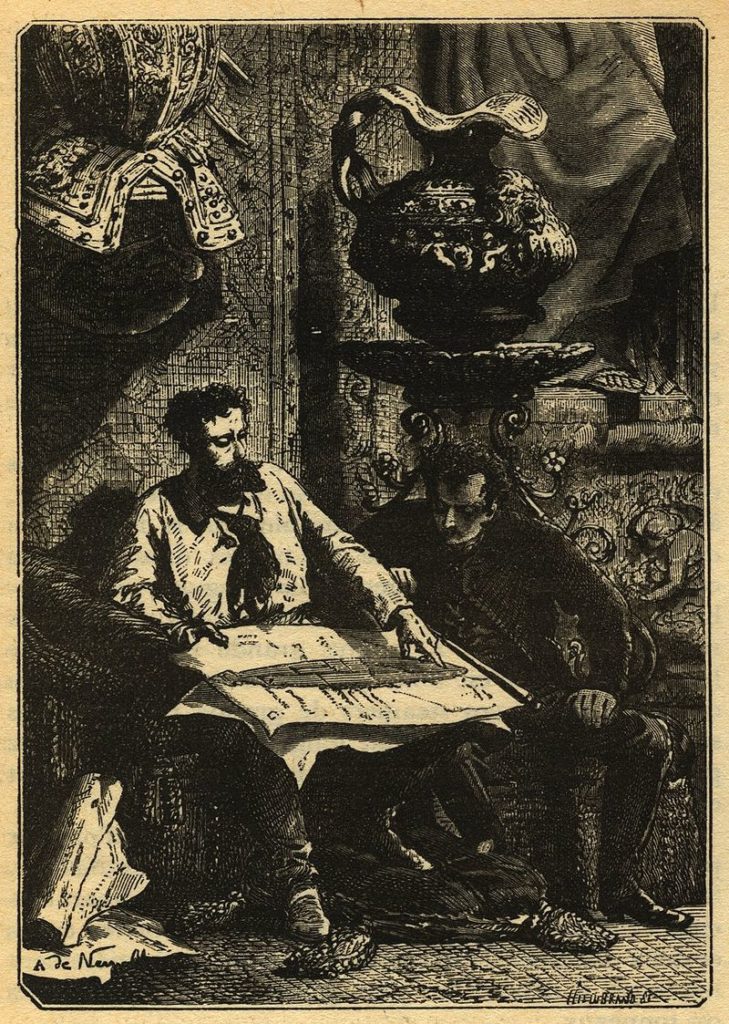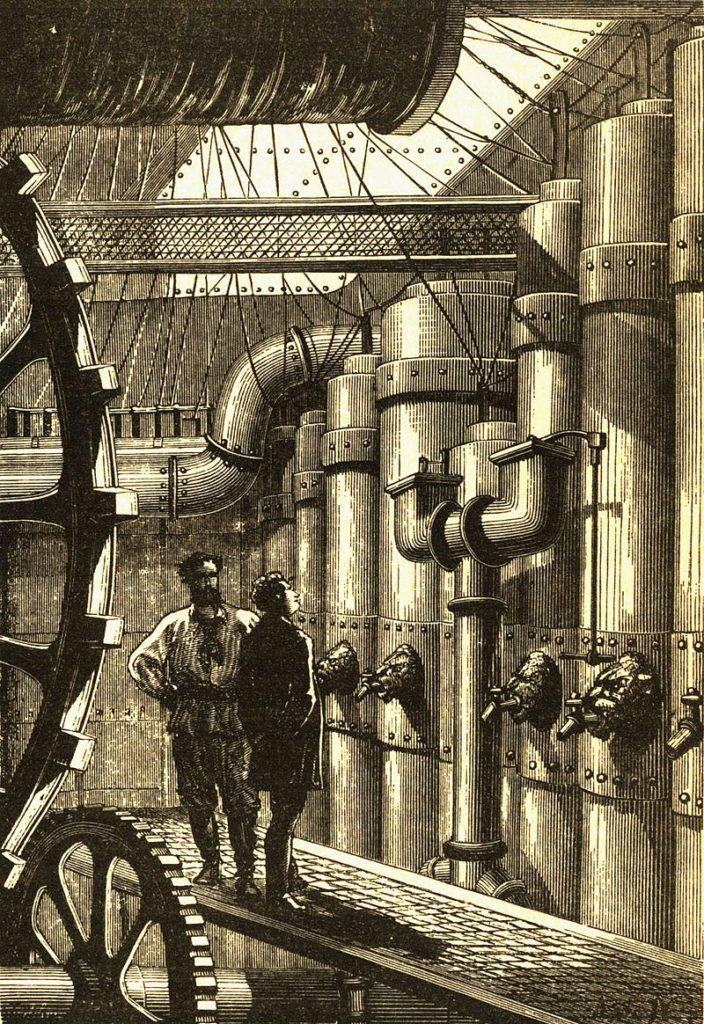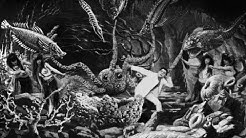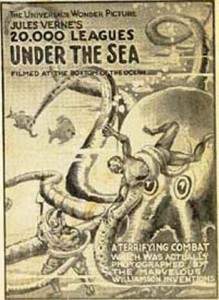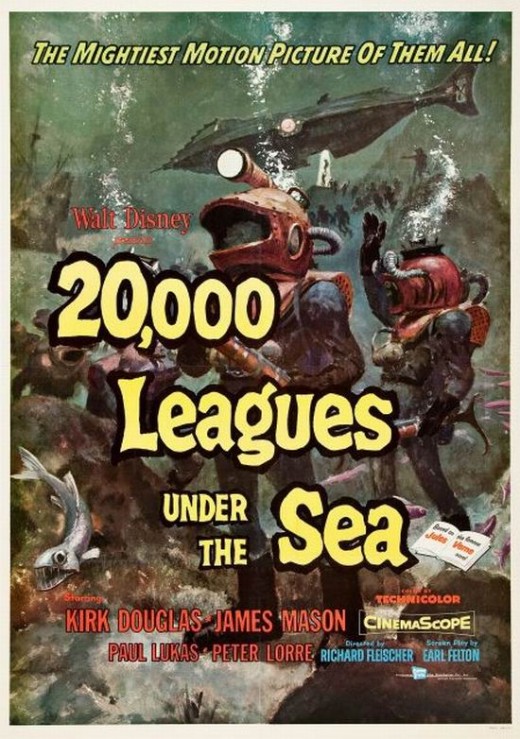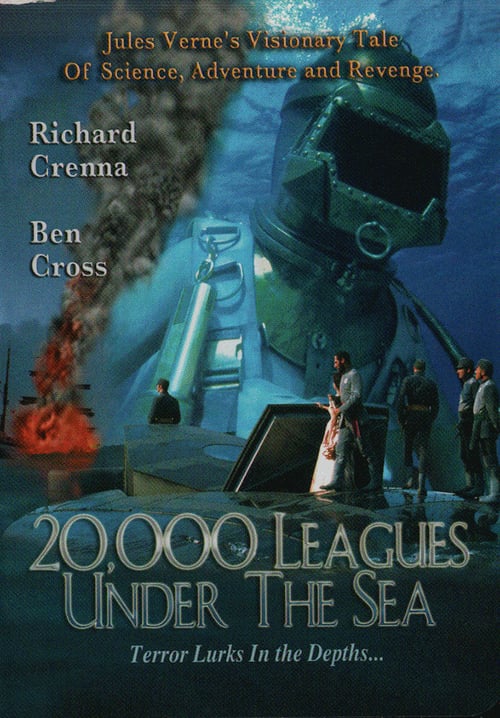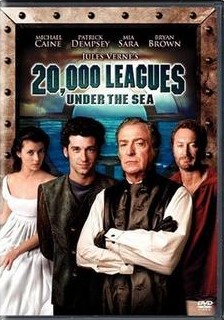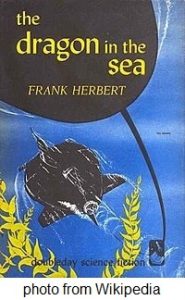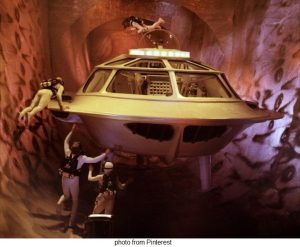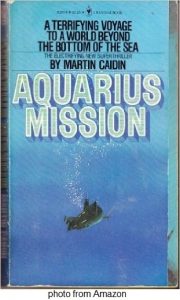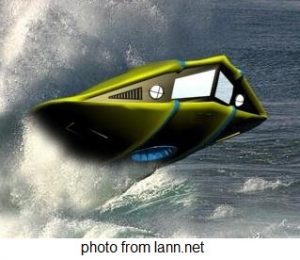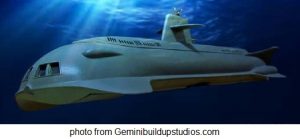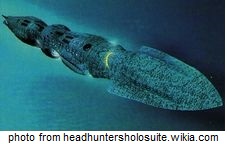A good story can take your readers for a journey. Characters need to go places and readers yearn to ride along. A distinctive vehicle makes the trip more interesting and you can peruse Wikipedia’s list of the best-known vehicles in fiction. As a writer, how can you give some personality to your fictional vehicles?
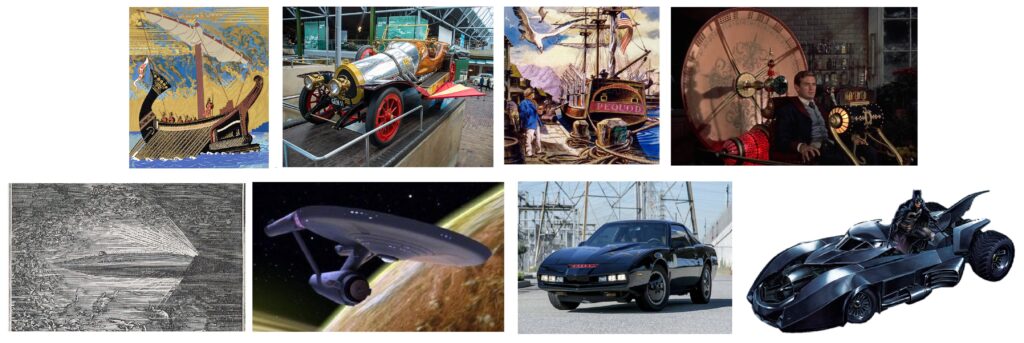
Vehicles as Setting
A vehicle can serve as a means to move through the setting, from one setting to another, and as a setting itself. Most vehicles separate the inside from the outside, the moving from the static. They isolate characters from the exterior environment. Vehicles can provide a way for characters to shift settings in a short time, or to protect characters from a dangerous environment, or to perform a task.
Describing Vehicles
The general principles of describing settings apply to vehicles as well. If it serves the plot, readers need to picture the vehicle’s exterior and interior. If appropriate, convey the experience of being inside it using as many of the five senses as you can.
Familiar, standard vehicles like taxis, rental cars, or bicycles require little or no description. Also, once your characters have traveled in a vehicle once, you need not bore readers with details again, unless something about the vehicle, or the character’s perception of it, changes.
Resist the impulse to bog down the prose with long descriptions. You’re not writing an owner’s manual or trying to close a sale, so don’t slow down the story.
Vehicle Purposes
Vehicles serve different functions, and their design reflects that. Whether for exploration, warfare, transit, or specialty purposes like farming or construction, vehicles exist to perform a purpose. Your characters might use the vehicle for an unintended task if circumstances demand it, and that can add to interest and drama.
Unique or Commonplace?
If your character boards a standard city bus, the story gains little from a description of the bus. Your readers know what buses look like and wish you’d get on with the action. Unusual vehicles require more explanation, but you can insert bits of description in several places rather than lumping them together. Dialogue works well for vehicle descriptions, especially if one character knows the vehicle and another character doesn’t.
Attitude Toward the Vehicle
In real life, people develop feelings for vehicles, and characters can do so in fiction as well. Characters can love or hate their vehicle, and their attitude may change over time. You can use this attitude as a means of revealing the character’s personality, and the vehicle might even substitute for another character, in metaphor. (For example, he’s angry with her, but kicks his car’s tire.)
Characters also anthropomorphize their vehicles by naming them, just as we do in real life. This practice depends on the vehicle, and is more common with ships and spacecraft than with cars or aircraft. Odysseus’ unnamed ship and the Chitty Chitty Bang Bang car stand as exceptions, but the practice of naming vehicles, and the name chosen, can reveal something of the character’s personality.
Bonding of Character and Vehicle
In some stories, a strong association of character with vehicle merges the two. A reader can’t think of one without thinking of the other. What is Captain Ahab without the Pequod, the Time Traveler without the Time Machine, or Captain Nemo without the Nautilus? In the TV world, where is Captain Kirk without the Enterprise, Michael Knight without KITT, or Batman without the Batmobile?
Vehicle as Character
Some stories elevate the vehicle to such importance that it almost becomes a character itself. By that I mean the story revolves around the vehicle. A reader might conclude the story is all about the vehicle and might consider the human characters incidental and forgettable. If you write a story like that, make your vehicle fascinating, since readers identify more with human characters than they do with vehicles. You can increase the fascination level by creating a first-of-its-kind vehicle. I dealt with those in an earlier blogpost.
Fate of the Vehicle
Like human characters, vehicles might change during the course of a story. Being mechanical in nature, they rarely improve, though. Parts wear out. Subsystems fail. Human operators, drivers, or pilots push vehicles past limits. Vehicles break down. They might even get destroyed in the end, by accident or on purpose, to suit the needs of the story. Whatever sort of degradation the vehicle suffers, be sure to show how that affects any character who’s formed an attachment (positive or negative) with the vehicle.
Thank you for riding along on the Blogpostmobile. This concludes our journey. Watch your step getting out. It’s been my pleasure to serve as your driver today. Once again, I’m—
Poseidon’s Scribe

